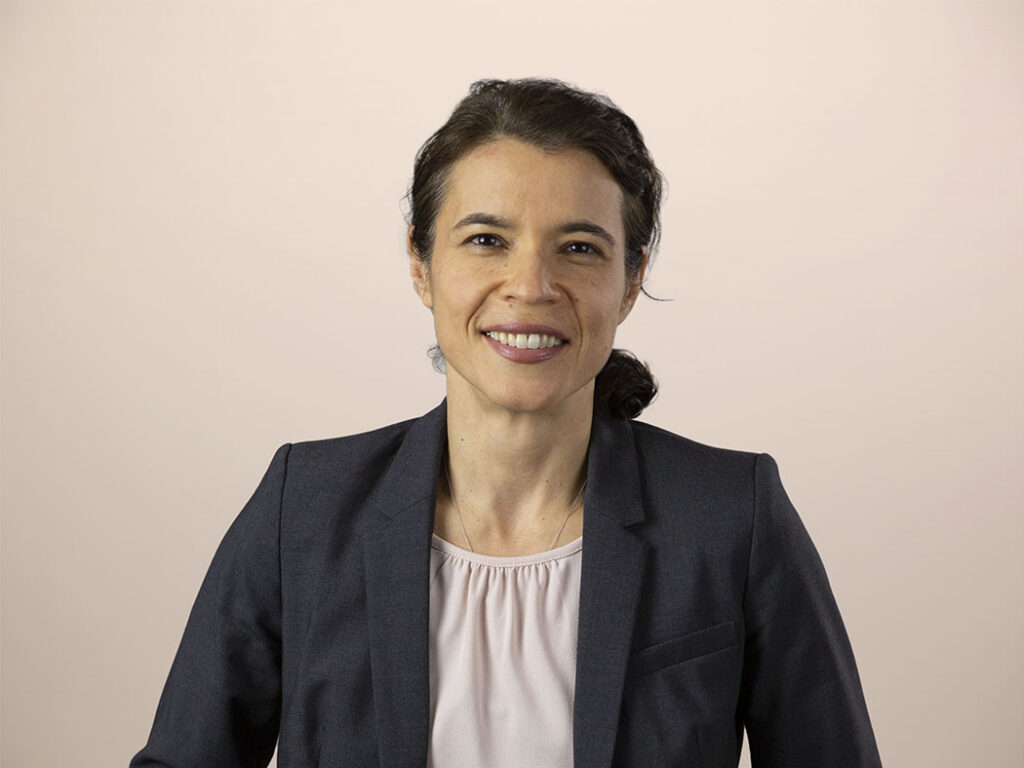Deduplication Hits The Mainstream
 Bottom line for IT Infrastructure and Operations professionals? Your next purchase of a backup-to-disk appliance or backup software will have integrated deduplication functionality, given the slew of announcements from all the major storage players. It’s no longer just pioneering vendors Data Domain and Diligent beating the deduplication drum — it’s all the major storage vendors.
Bottom line for IT Infrastructure and Operations professionals? Your next purchase of a backup-to-disk appliance or backup software will have integrated deduplication functionality, given the slew of announcements from all the major storage players. It’s no longer just pioneering vendors Data Domain and Diligent beating the deduplication drum — it’s all the major storage vendors.
In addition, based on the direction of NetApp, you need to start thinking about how the rest of your storage environment would benefit from integrated deduplication functionality like your VMware environment (server and desktop) or end-user home directories.
NetApp plans to introduce integrated deduplication technology in its NearStore VTL some time this year. In the meantime, the company is promoting the availability of deduplication on its production FAS storage systems and touting the huge benefits of deduplication in VMware environments.
HP just announced integrated deduplication functionality in its enterprise HP StorageWorks Virtual Library Systems (VTLs based on technology licensed from SEPATON) and in its HP StorageWorks D2D Backup System. Other recent deduplication support announcements include SEPATON’s DeltaStor, Sun StorageTek’s April announcement of its VTL Prime offering (based on FalconStor’s Single Instance Repository technology), EMC’s May announcement of its new Disk Library 3D and 4000 family offerings, and Symantec’s NetBackup PureDisk, which supports deduplication at the source. IBM also recently acquired Diligent — although the company has yet to provide any concrete product plans.
These announcements in conjunction with existing offerings from Hitachi Data Systems (its Diligent ProtecTIER VTL) and NEC (HYRDRAstor) indicate that deduplication has reached the mainstream. The only major storage vendor without a dedupe offering of some kind is Dell. But, hey, they just joined the storage party, so we’ll give them a break, for now . . .
Check out Stephanie’s research
